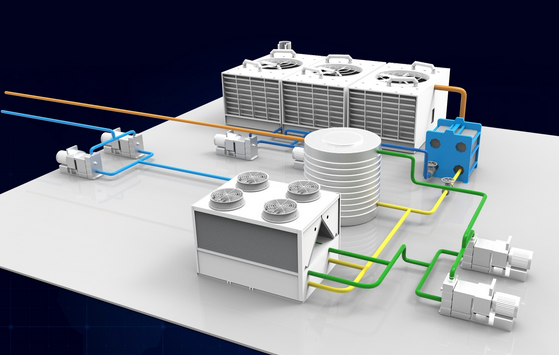Application and effect analysis of water pump in cooling system
The application of water pumps in cooling systems is crucial. It can not only ensure the circulation of coolant, but also effectively regulate and control the temperature of the system, thereby ensuring the stable operation of the equipment. The following is an analysis of the application and effect of water pumps in cooling systems:
1. Application Overview
In the cooling system, the water pump plays the role of "heart". It is responsible for pumping coolant from the radiator to the engine or other equipment that needs to be cooled, and then taking away the heat through the circulation of coolant to ensure that the temperature of the equipment is within the normal range. The performance of the water pump directly affects the efficiency of the cooling system, and then affects the operating stability and life of the equipment.
2. Effect Analysis
Ensure the circulation of coolant: The water pump generates power through rotation to circulate the coolant in the system. This flow not only helps to take heat away from the equipment, but also ensures the uniform distribution of the coolant to avoid local overheating.
Adjust the system temperature: The flow and head of the water pump can be adjusted according to actual needs to control the flow rate and flow of the coolant. This helps to achieve precise control of the system temperature and ensure that the equipment operates within the optimal temperature range.
Improve system efficiency: The efficiency of the cooling system can be improved by optimizing the design and performance of the water pump. For example, using an energy-efficient water pump can reduce energy consumption and operating costs; at the same time, reducing the circulation resistance of the coolant can also improve the overall efficiency of the system.

Extend equipment life: The effective application of water pumps can ensure the normal operation of the cooling system and avoid equipment damage caused by overheating. This helps to extend the service life of the equipment and reduce maintenance and replacement costs.




